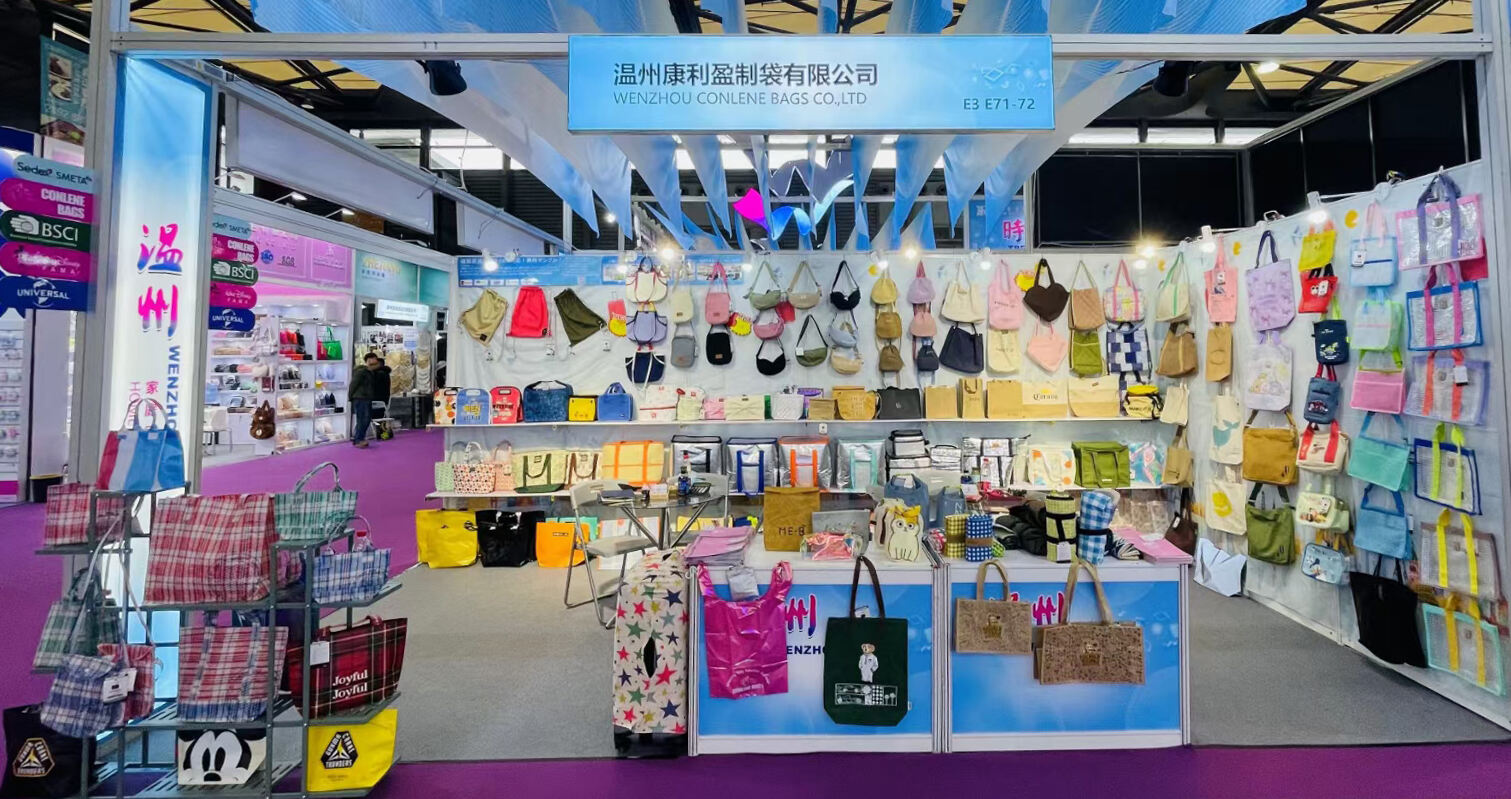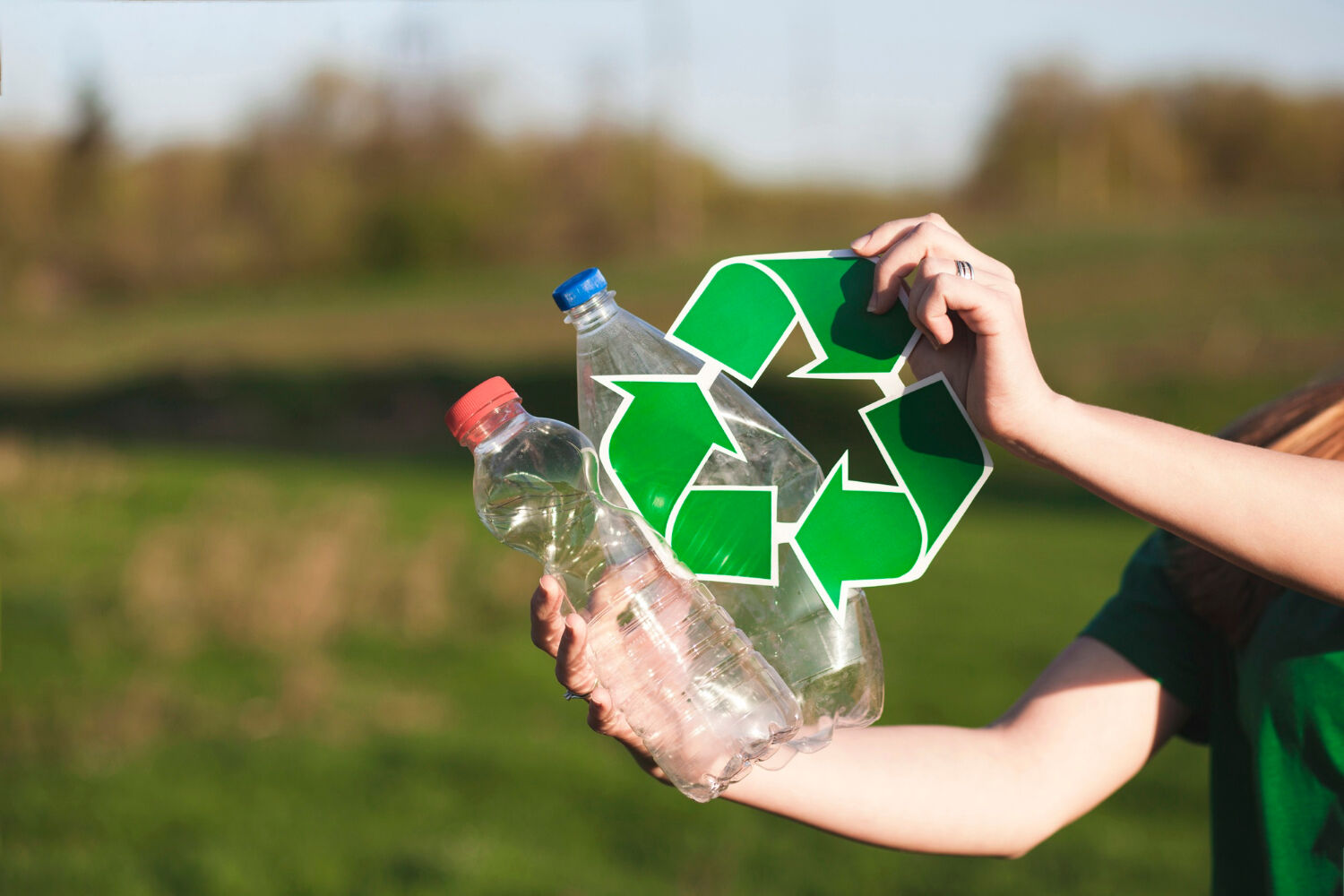
The Strength and Resilience of Canvas Material in Outdoor Environments
What makes canvas cooler bags so tough? Let's talk about the basics of textile engineering behind these durable bags. The heavy duty canvas material weighs somewhere between 8 to 22 ounces per square yard and has this plain weave structure that gives it impressive tensile strength ranging from 90 to 180 psi. That kind of strength matters a lot when carrying ice and all sorts of stuff without worrying about rips or tears. Recent testing back in 2023 showed something interesting too. Canvases woven with around 30 to 40 threads per inch can handle about 40% more rubbing and scraping compared to regular ones. So basically, these bags last much longer when used outdoors where they get exposed to rough treatment day after day.
Thread density doesn't just scale linearly with performance either. Take high count canvas for instance anything over 50 threads per inch definitely stands up better against punctures, but push it too far and the fabric becomes so tightly packed that it loses all flexibility. That's one of those interesting trade-offs discovered in major studies on how textiles hold up over time. Which brings us to why top quality cooler bags often go for that sweet spot around 12 to 14 ounces of canvas weight combined with some polyester reinforcement. These materials manage to deliver tear resistance similar to what we see in much heavier 18 ounce cotton options, yet they still maintain good packability for transport and storage needs.
Weather Resistance Through Advanced Fabric Treatments
Waxed Canvas vs. PU Coating: Comparing Water Resistance for Canvas Cooler Bags
When it comes to keeping water out, waxed canvas and PU coated fabrics take very different paths. The waxed stuff works by soaking fabric with either natural or man made wax, creating this breathable shield that actually gets better looking as it gets older and forms its own unique character. On the flip side, those PU coatings basically bond at a molecular level to make something completely waterproof. These days manufacturers often throw in some DWR technology too, which helps rain bead off surfaces while still letting the material move naturally. Waxed canvas definitely has charm as it matures, but when someone needs reliable protection through hours of heavy rain, like when transporting fresh seafood after a long fishing session or heading out for a day at the shore, PU coatings just perform better consistently.
Long-Term Performance Under Sun Exposure, Rain, and Temperature Shifts
The premium canvas cooler bags work well even when weather gets really tough because they've got special UV protection built right into them. The high quality PU coating on these bags doesn't crack even at temperatures as low as minus 20 degrees Fahrenheit or as high as 120 degrees. This beats the old wax coatings that tend to fail in dry areas where there's lots of sun beating down all day long. Some tests have actually shown that these protective treatments can last through over 500 hours under artificial sunlight conditions, which is kind of like what happens naturally along coastlines after about three years. After all that time, the colors stay pretty much the same and the bags still keep things cool and dry inside.
Balancing Waterproofing and Breathability in Treated Canvas Materials
When waterproofing gets too fancy, it actually traps condensation inside, which means more chances of mold growing in those insulated sections. The newer stuff on the market combines water repelling surfaces with clever air flow paths that cut down on dampness inside by about 40 percent when compared to completely sealed containers. What this means is ice stays frozen longer than just one full day, and importantly keeps the canvas from getting soggy and damaged. For anyone planning to camp out for several days straight, this kind of improvement makes all the difference between enjoying fresh drinks and dealing with melted messes.
Superior Resistance to Wear, Tear, and Outdoor Stressors
Canvas cooler bags excel in rugged outdoor environments by combining robust materials with intelligent design. Their ability to withstand abrasive surfaces, heavy loads, and repeated stress makes them ideal for camping, fishing, and boating.
Abrasion Resistance on Trails, Boats, and Rugged Terrain
Canvas is pretty tough stuff because those tightly woven fibers stand up well to scratches, punctures, and all sorts of rubbing around. What makes it different from most synthetic materials is how it actually gets better with age. Over time, canvas forms this kind of natural protective layer that helps it last longer when used on rough terrain or aboard boats. A recent study from the Textile Durability folks back in 2023 found something interesting too. They discovered that fabrics resistant to abrasion, including good old canvas, keep about 92% of their original strength even after being put through hundreds of hours on trails.
Load-Bearing Capacity and Structural Integrity During Camping and Fishing Trips
Double-stitched seams and reinforced handles enable canvas cooler bags to carry 25–40 lbs of ice and supplies without sagging. The material’s inherent stiffness prevents bulging, while cross-ply threading evenly distributes weight across high-stress zones such as corners and zippers.
Performance Under Repeated Use in High-Stress Outdoor Activities
Field testing shows canvas retains 85% of its tear strength after three years of weekly use in saltwater fishing and desert camping. Without plastic coatings, surface scratches don’t compromise waterproofing, and its breathability minimizes moisture-related degradation common in nonporous materials.
Reinforced Construction Techniques That Extend Lifespan
Bar-tacking, double stitching, and seam reinforcement in critical areas
Premium canvas cooler bags handle 73% more stress than standard models through strategic reinforcement at 8–12 key wear points. Bar-tacking (X-pattern stitching) at handle junctions evenly distributes load, withstanding the 45–60 lbs of force typical during beach transport. Double-stitched side seams prevent liner separation even after 500+ compression cycles in field evaluations.
Durability of zippers, handles, and closures under outdoor conditions
Saltwater-resistant #8 coil zippers maintain smooth operation through 10,000 open/close cycles—three times the lifespan of basic plastic zippers. Rubberized canvas handles exhibit 40% less fatigue than nylon alternatives in UV exposure simulations. Magnetic closures retain 92% functionality after sand intrusion tests mimicking desert camping conditions.
How manufacturing quality impacts long-term reliability of canvas cooler bags
When it comes to durability, double stitched seams made with heavy duty thread actually stand up much better than regular single stitching. The latest Textile Durability Report shows these reinforced seams can resist tearing almost 60% longer. Manufacturers typically stick to around 22 to 24 stitches per inch as part of their quality control measures. This helps keep the seams from stretching out even when exposed to extreme temperatures ranging from freezing cold at 30 degrees Fahrenheit all the way up to scorching heat of 120 degrees. Products built this way tend to last quite a while too. Most customers find they need repairs after about seven years of regular everyday wear and tear.
Insulation, Leakproof Design, and Real-World Longevity
How Insulated Linings Protect Contents and Support Canvas Durability
Using high density foam or recycled PET as insulation helps keep things at consistent temperatures inside without putting too much strain on the outside material. For instance, a lining made from 1.5 inch closed cell foam will actually hold onto ice for more than a day even when it's really hot out there around 90 degrees Fahrenheit according to some tests done by Outdoor Gear Lab back in 2023. This kind of insulation cuts down on those nasty expansion and contraction issues that happen with regular materials left unprotected. The benefit here is pretty clear cut too since having stable temperatures means the canvas covering doesn't have to work so hard trying to regulate what's going on inside, which lets it concentrate instead on staying strong and holding up against whatever gets thrown at it.
Waterproof Interiors and Leakproof Seals That Prevent Internal Damage
The combination of welded seams plus food grade TPU coating forms a complete seal against what breaks most cooler bags liquid leaks. We put our triple stitched zippers with silicone seals through some serious testing too they held up after opening and closing them over 500 times without any water getting through. The extra layer of protection stops mold from growing and keeps minerals from building up inside, which is exactly what happens to regular canvas bags left in the sun for too long.
FAQ
Why are canvas cooler bags considered durable?
Canvas cooler bags are made with a heavy duty canvas material that has impressive tensile strength and a plain weave structure, making them resistant to tears and rips, especially under outdoor conditions.
What are the benefits of using waxed canvas or PU coatings on canvas bags?
Waxed canvas provides a breathable shield that improves with age, while PU coatings offer complete waterproofing and are more suitable for consistent water protection in rainy conditions.
How does thread density affect the performance of canvas?
Higher thread density can increase resistance to punctures and abrasion, but excessively high densities may reduce fabric flexibility.
What makes canvas bags suitable for harsh weather conditions?
Canvas bags are often treated with UV protective coatings and are made from materials that can withstand extreme temperatures, maintaining durability without cracking or bending.










